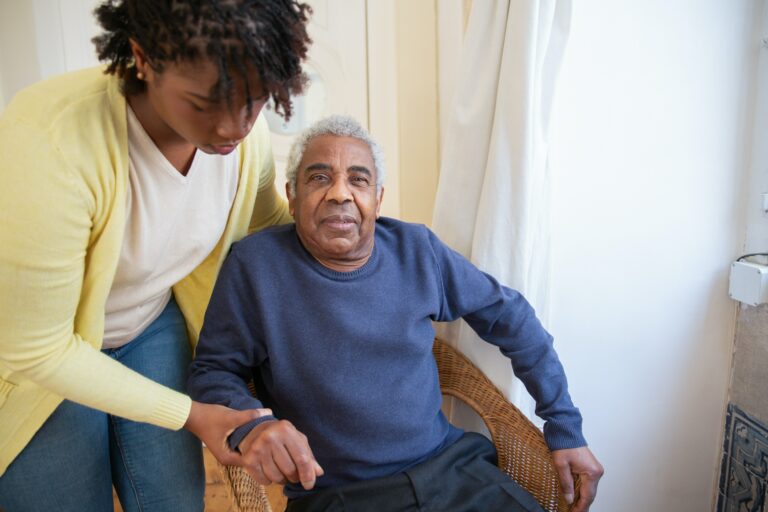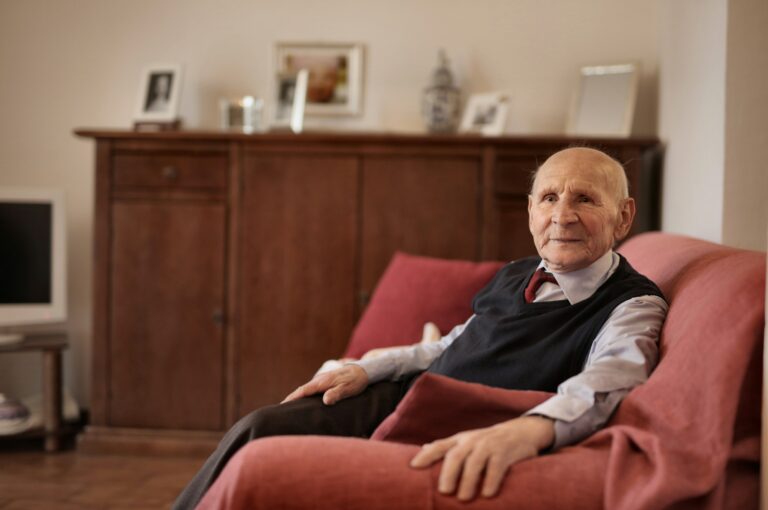
How Can I Prevent a Fall?
Less than 60% have considered the home modifications necessary to age in place safely, says Yahoo Finance’s recent article entitled, “Prevent 300,000 Fall-Related Hospitalizations with Simple Aging in Place Home Modifications According to Lisa M. Cini.”
America’s leading aging expert compiled a list of simple home modifications to prevent falling and maintain balance while they stay home. Consider these simple home modifications to prevent falls:
- Keep Item Within Reach. This includes your telephone and anything on a high shelf, or on another floor you may need. That way, you won’t have to stretch or balance on step ladders to reach things you need daily, since it can lead to falls.
- Use Smart Flooring to prevent falls. For example, invest in anti-slip tiles for bathrooms and kitchens to avoid sliding on water or polished surfaces, and ensure that all rugs have anti-slip mats underneath to prevent slipping across the floor.
- Consider Motion Activated Lighting. Install lighting with sensors to turn on when movement is detected, especially on stairs and in bathrooms.
- Make the Garden Safe. Clear moss and old leaves from the paths to minimize the risk of slippery spaces. Avoid too many pots and ornaments as they are easy to trip over. Install lighting, so you can see your way along paths in the dark.
- Get Rid of Clutter. Clearing clutter from steps and floors helps you to avoid slips and trips. Don’t leave things on the floor where they can cause a hazard.
- Try Posture Exercises. Pilates and yoga will help you avoid falling by maintaining good balance, core strength and posture techniques. Some exercises are chair-based. However, most are gentle and set at a pace that the group can follow.
- Install Handrails to Keep You Steady. Get handrails in all high-risk places, such as the shower or stairs, to prevent falls.
- Make Your Bathroom Safe and Functional: Falls often occur in the bathroom. Today’s bathroom can include the Assisto bathtub, which features an easily accessible and ergonomic design that reduces the risk of injury and falls.
- Voice-Controlled Assistance Devices: Play music, make calls, set music alarms and timers, ask questions and control smart home devices.
Reference: Yahoo Finance (May 8, 2023) “Prevent 300,000 Fall-Related Hospitalizations with Simple Aging in Place Home Modifications According to Lisa M. Cini”









